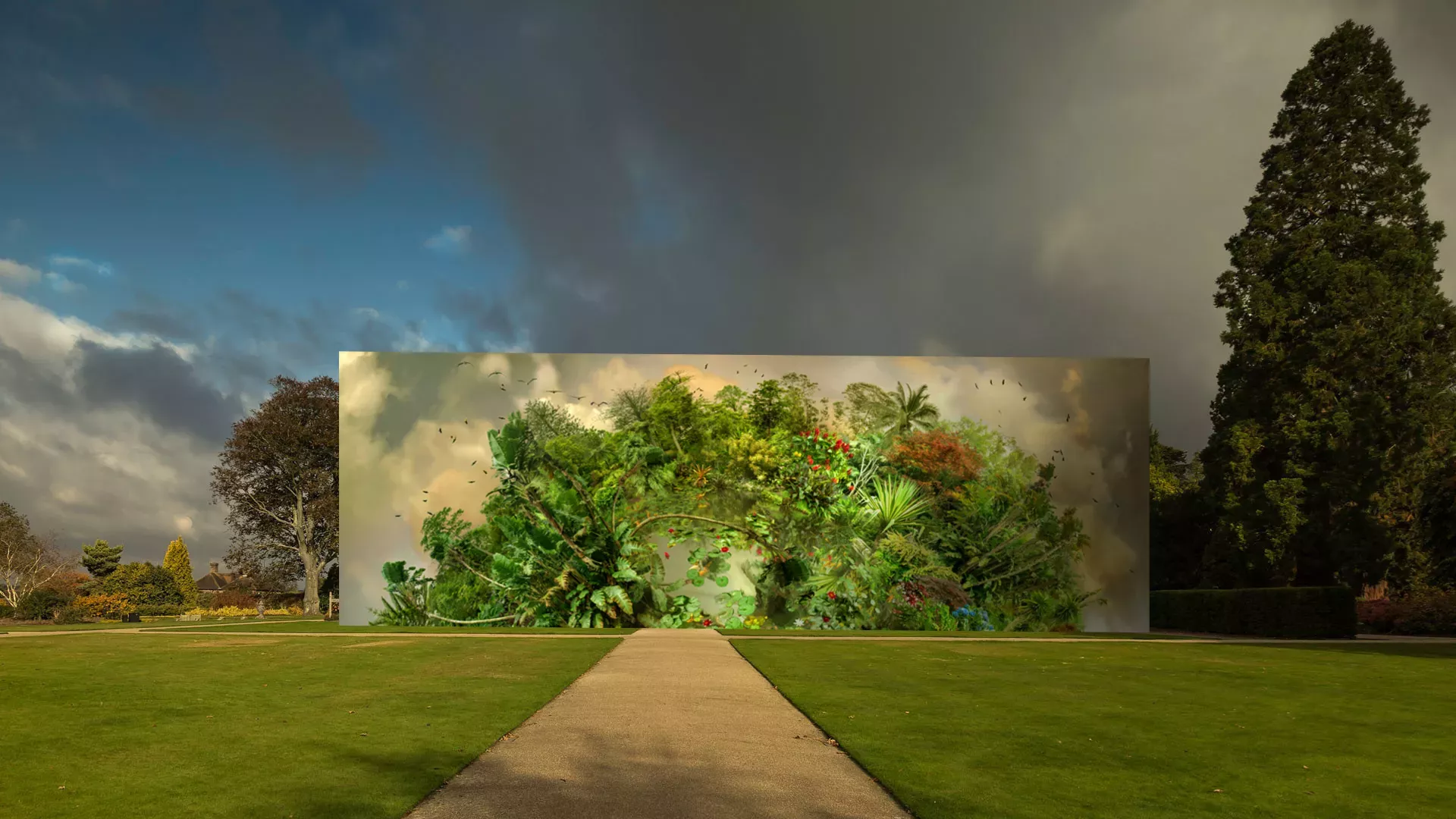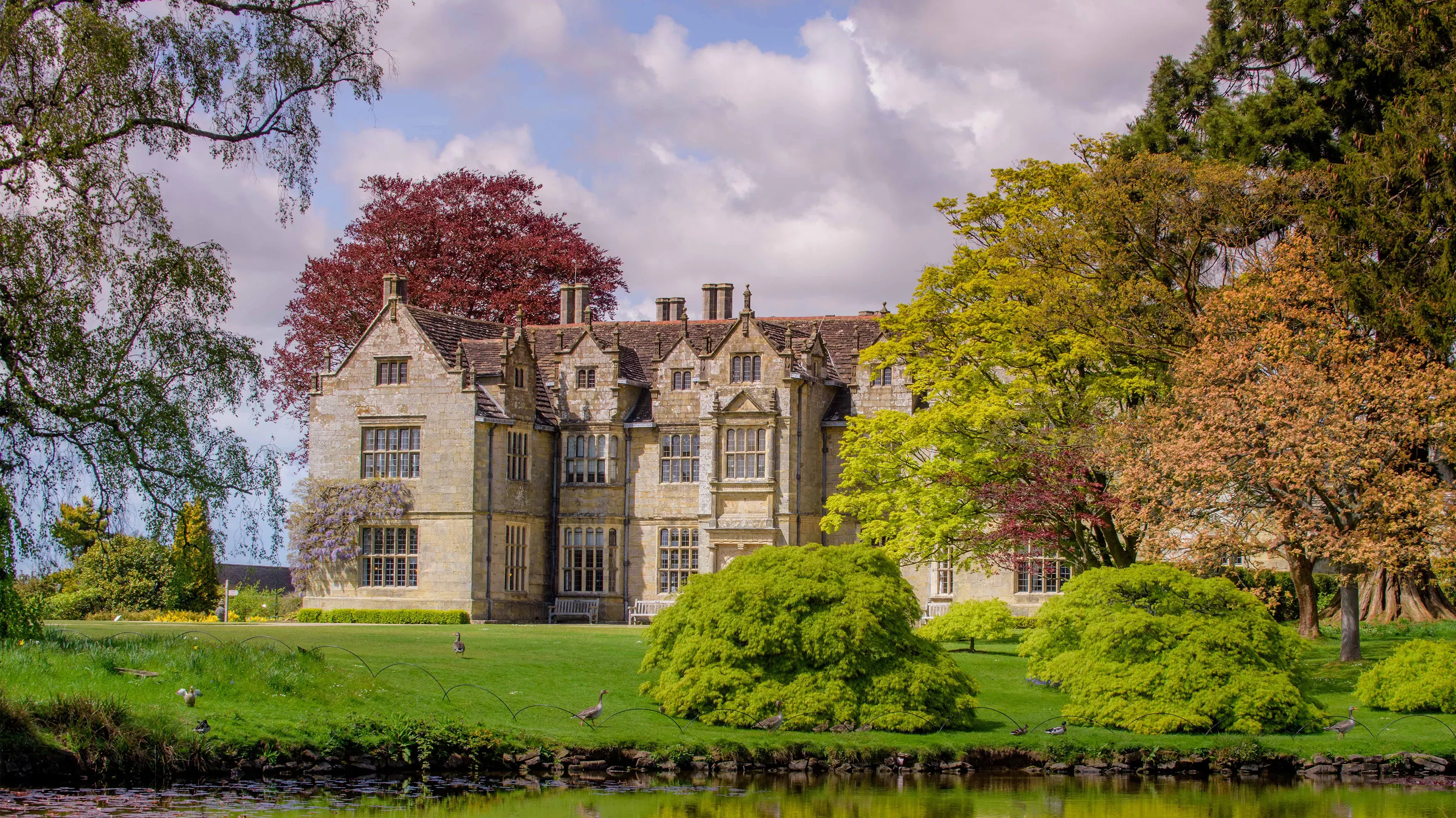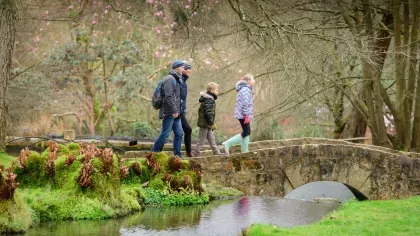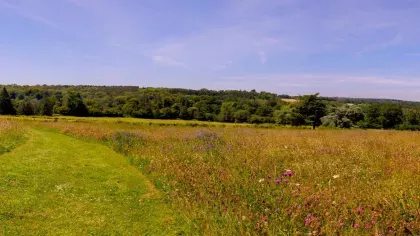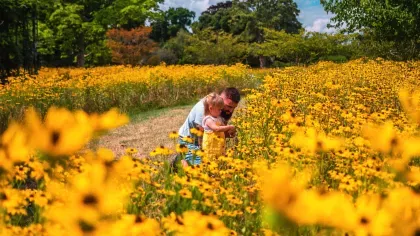12 December 2022
The Wakehurst Mansion: An ever-evolving landscape
We’ve delved into the archives to discover how Wakehurst’s iconic Elizabethan Mansion has evolved from a prehistoric hunting base to the home of innovative science.

Radiating from our Grade I listed Elizabethan Mansion are 535 acres of biodiverse landscape.
As the Mansion undergoes vital roof repairs, we're turning our attention to this landscape and its evolution over time.
From early hunting to its first visitor open days, travel back in time with us as we explore the role of Wakehurst, and its Mansion, throughout history.
A landscape for early civilisation
Evidence of Mesolithic Period (10,000 – 8,000 BC) occupation has been discovered around Wakehurst, with flint tools found in Tilgate Wood, next to Westwood Lake.
These were unearthed near rock shelters, which would have provided a safe base from which to hunt.
Bronze Age (3,300 – 1,200 BC) ditches and pits, thought to have been used to produce pottery, have also been discovered in the Millennium Seed Bank area.
Following their invasion of Britain in AD 43, Romans cut a military road from London to Britain, this passed through what is now the Wakehurst car park.
In these early stages and for thousands of years, the Wakehurst landscape was the backdrop for early survival as human civilisation developed and paved a new way of life.
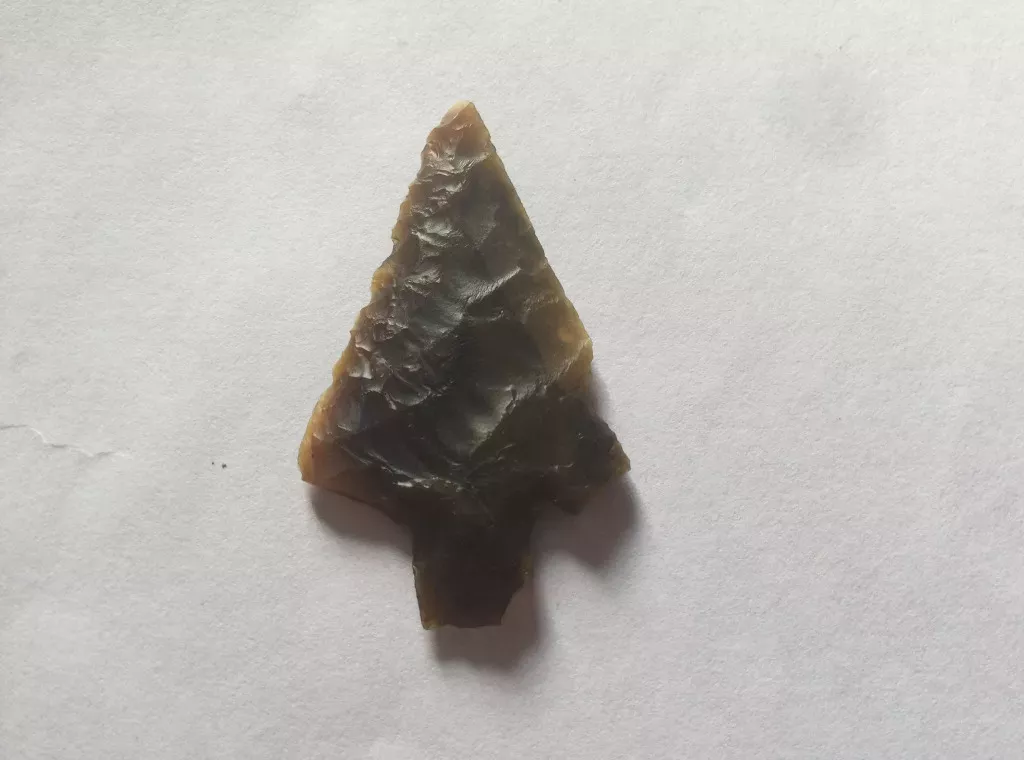
A landscape for industrialisation
In 1205, 40 acres of land were sold to William de Wakehurst, a head forester from a Norman family.
Over 200 years later, the last male Wakehurst heir died. His daughter, Elizabeth, married Nicholas Culpeper, a distant cousin of the famous herbalist of the same name, and raised 18 children at Wakehurst.
In the early 1500s, Wakehurst’s land use evolved, moving away from agriculture with a greater emphasis on forestry, coppicing and charcoal production.
The presence of a cofferdam, an enclosure built within a body of water in the Horsebridge Woods area, hints at ironwork during this period.
We’ve continued the ancient art of charcoal burning and coppicing in the gardens, following the best practice that has existed for centuries.
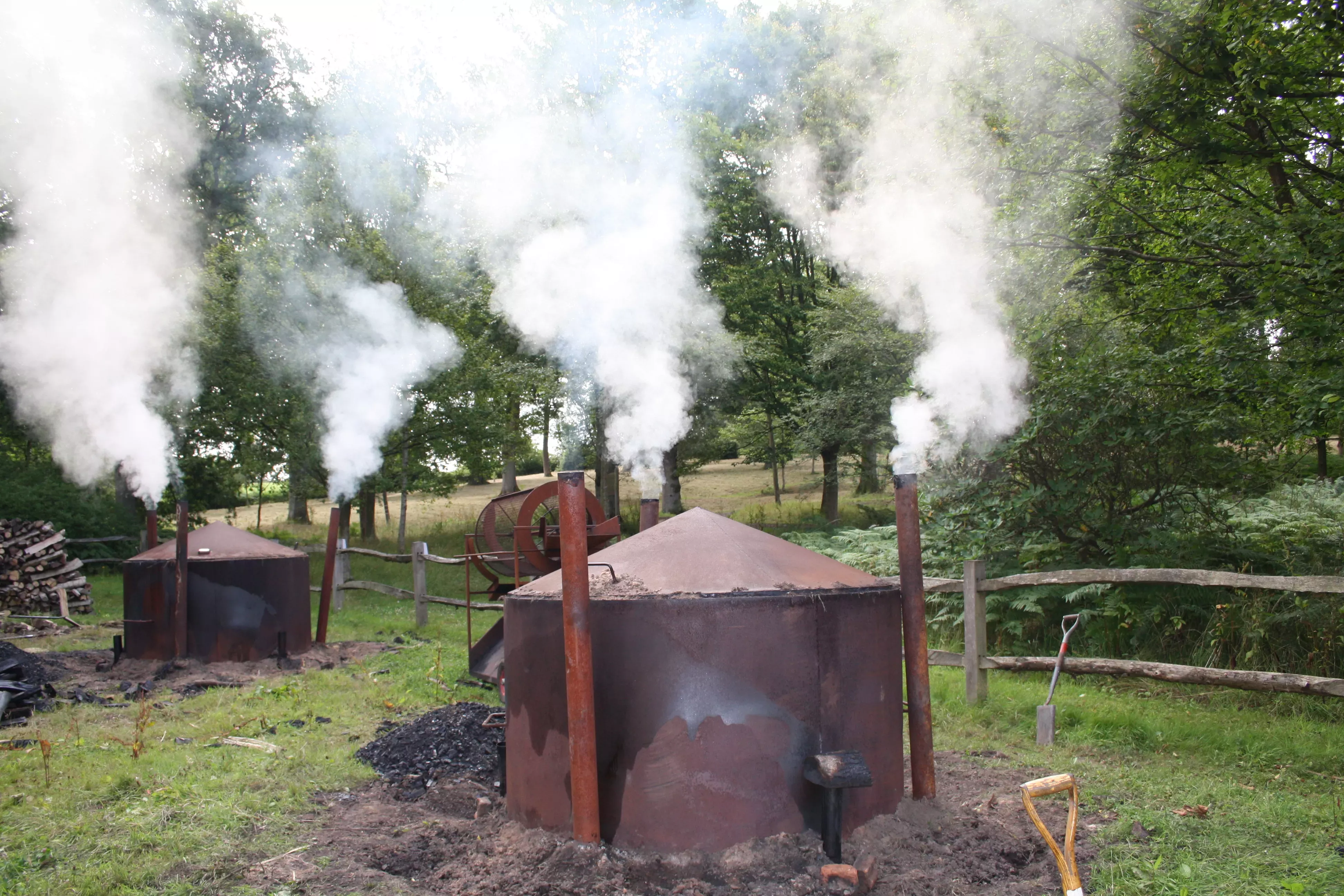
A landscape fit for a mansion
It was in 1590 that Edward Culpeper, great-great-grandson of Elizabeth and Nicholas, finally completed the Elizabethan Mansion.
It was built from sandstone from nearby Ardingly, or ‘Ardingleigh’ as it was formerly known.
Throughout the 1600s, various features were added to the gardens surrounding the Mansion, with the first records of a Walled Garden in 1626, and an orchard in 1630.
By 1694 the land was sold to Dennis Lydell’s family and continued to be a site for ironworking and agriculture.
The estate boasted an impressive 1,100 acres and expanded by another 2,300; a symbol of Lydell’s respectable status as a wealthy gentleman in 18th-century Britain.
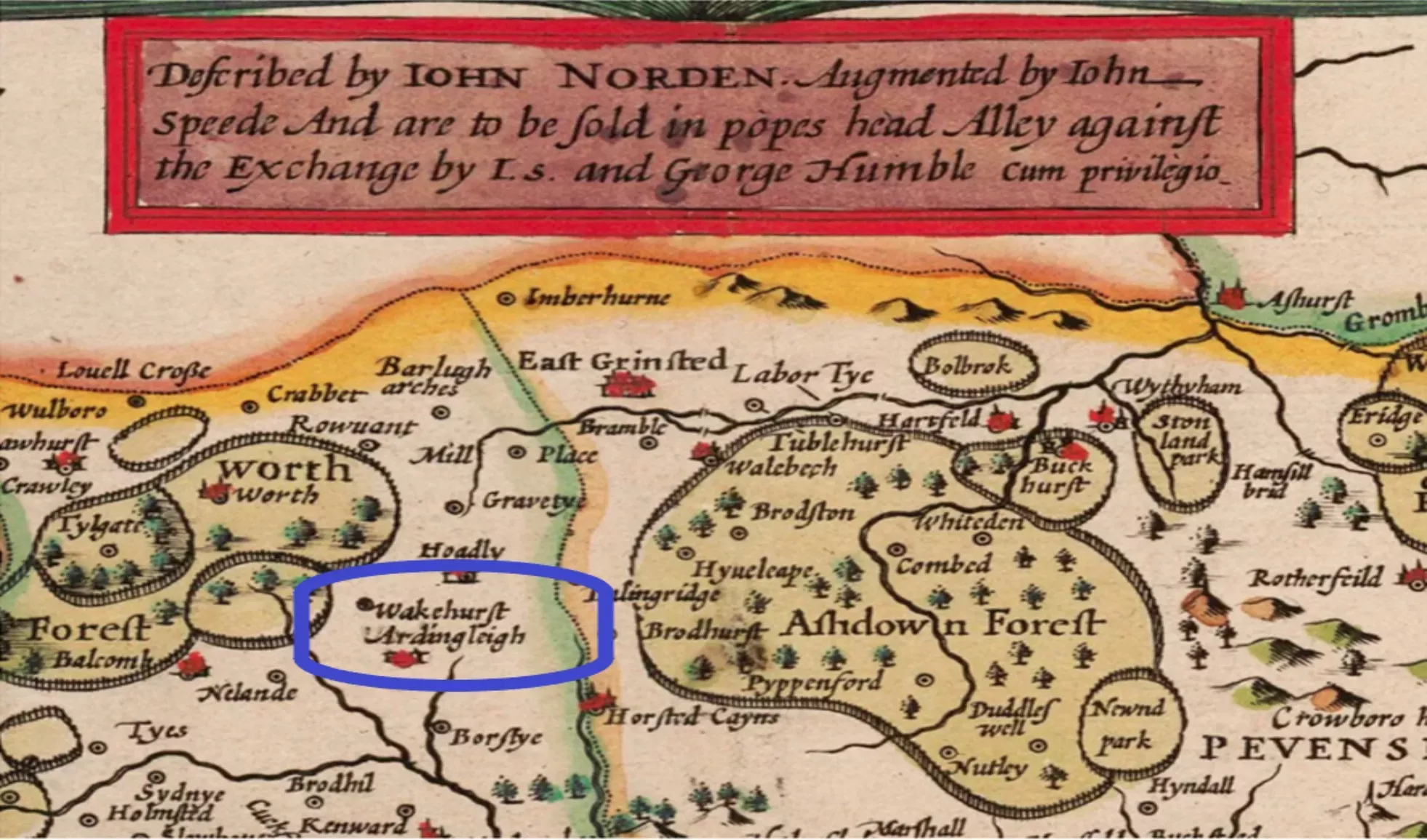
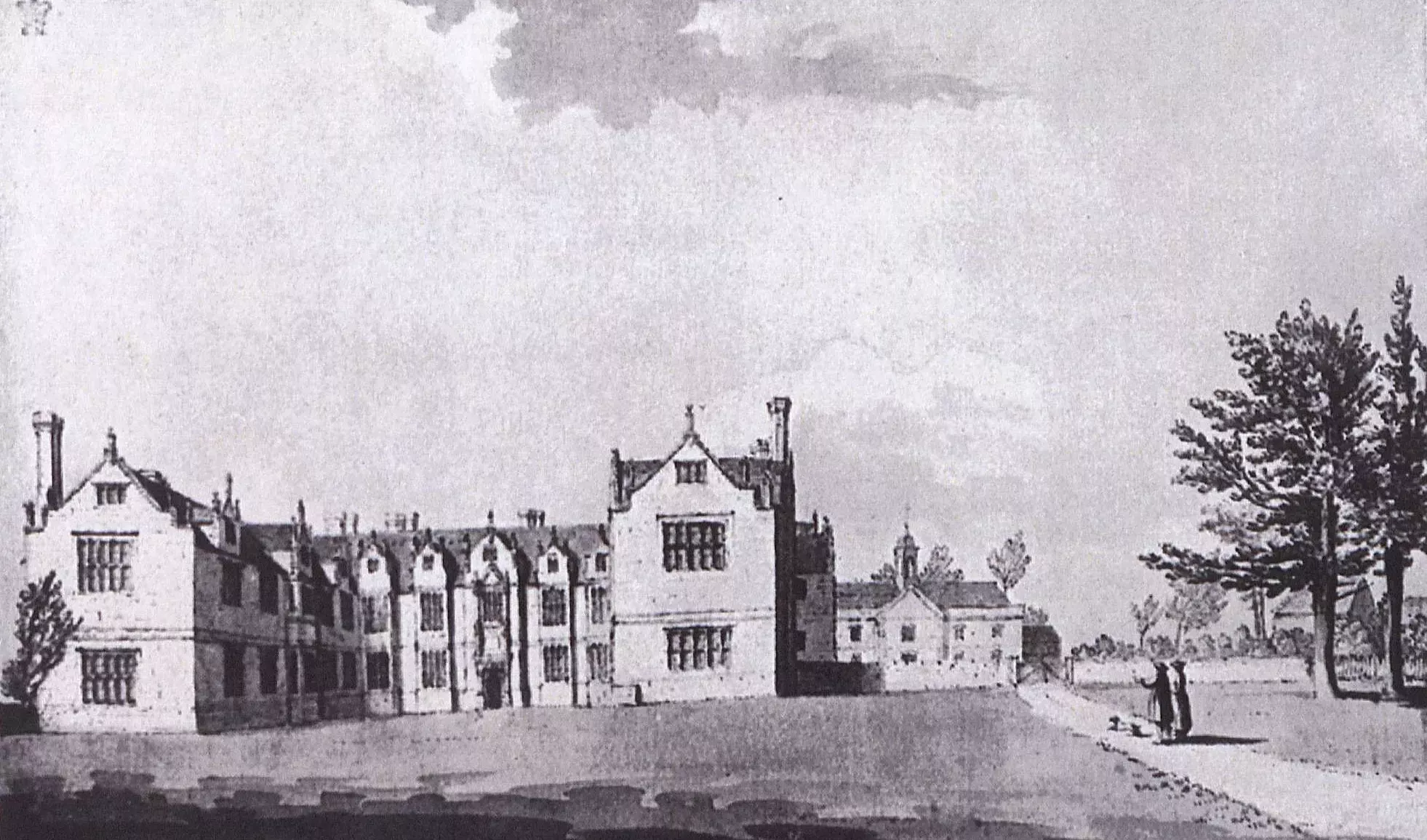
A landscape for horticultural design
By the 1820s, the Wakehurst Mansion was largely deserted, and the relationship between the Mansion and the agricultural land around it changed.
No longer the centre of a local agricultural economy, it became a house to live in, with each new owner making their mark on the landscape.
In 1869, the estate was bought by Caroline, Dowager Marchioness of Downshire, who made many alterations to the Mansion and landscape.
This included planting the giant redwoods, which stand proudly by the Mansion, with one lit up as the UK’s tallest living Christmas tree each year.
Lady Downshire also established a flower garden beside the Mansion’s Chapel and created an extended and romantic landscape through the dramatic cliffs around Westwood Valley and Lake.
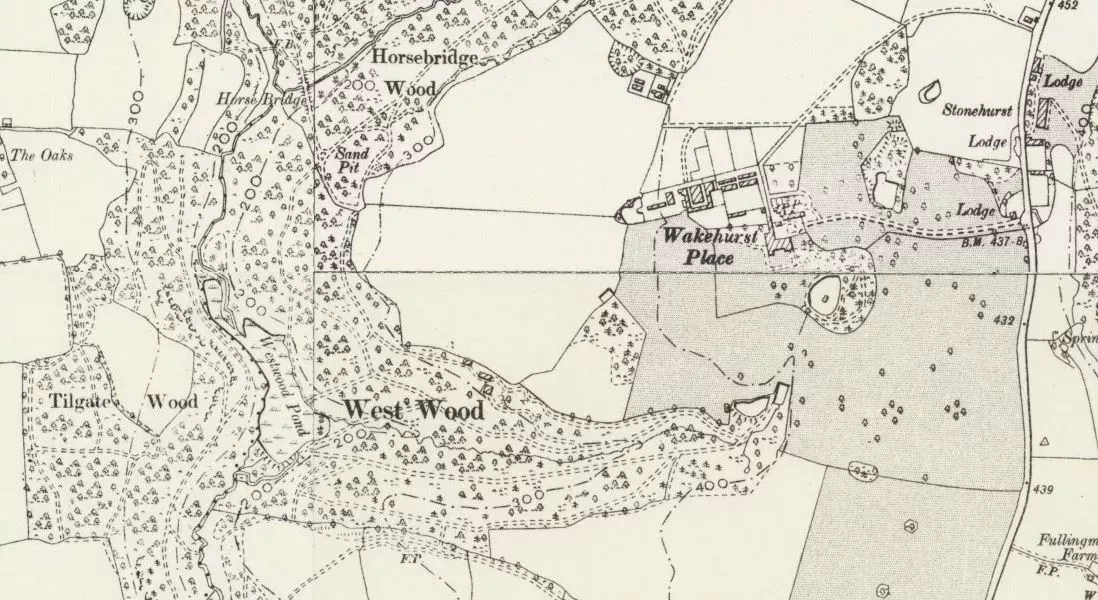
The land was passed to Sir William and Lady Boord in 1890, who added the original rock terraces by Mansion Pond.
Gerald Loder (who became Lord Wakehurst) later inherited the land in 1903, who began the gardens’ transformation into a botanic collection.
The namesake of the Loder Valley Nature Reserve, globe-trotter Loder would often hunt for the perfect soil and position needed for his exotic specimens to thrive.
The Pinetum began to take shape in 1905, but Loder’s pride and joy was the magnificent rhododendron collection, which, combined with Kew, is the second most important conservation collection in a botanic garden in the world.
Sir Henry and Lady Price continued Loder’s legacy when they purchased the estate in 1936, making their mark with the ornamental areas near the Mansion.
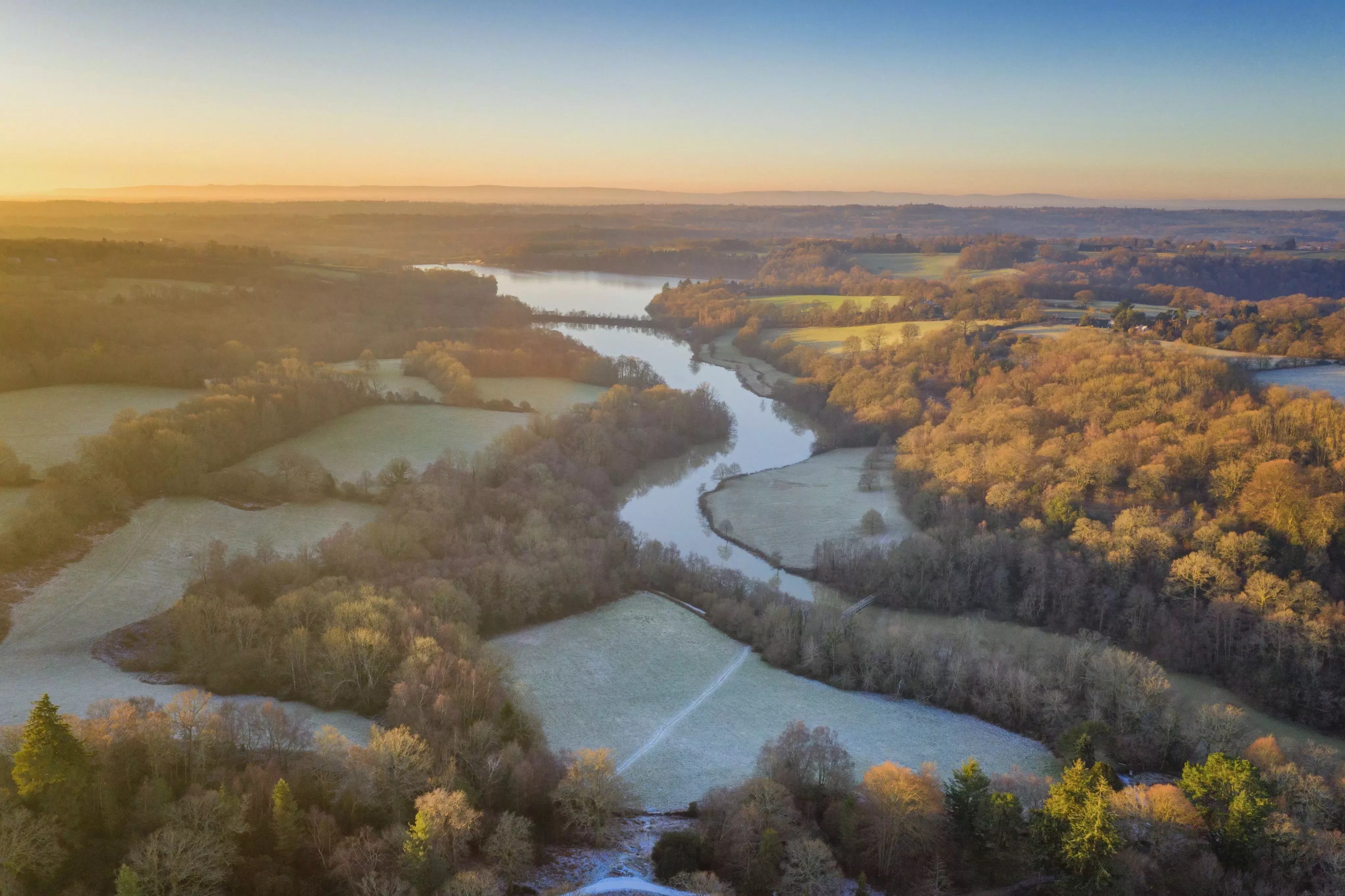
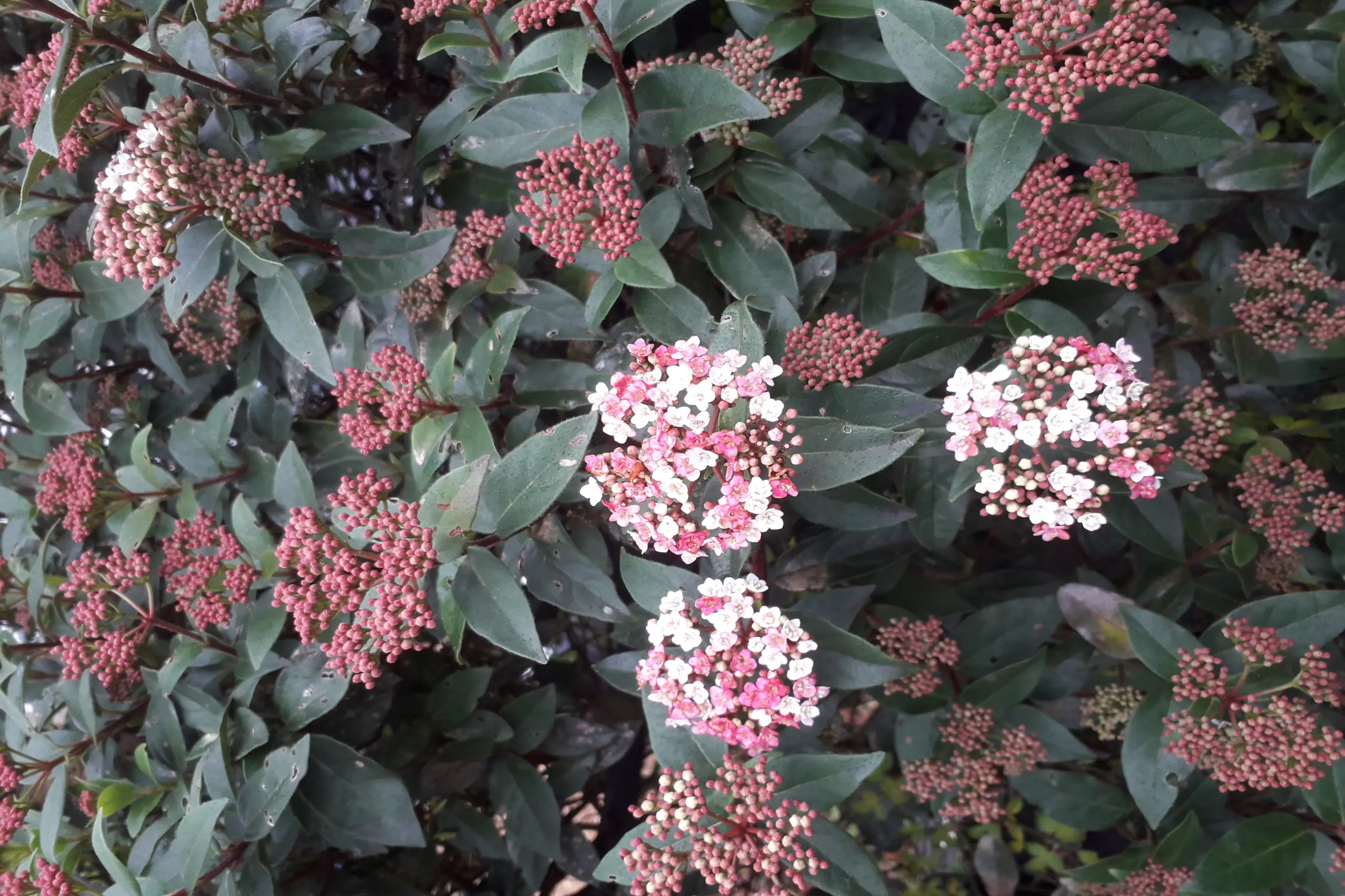
A landscape for service
The Mansion and surrounding landscape played an important role during World War 2, when the Canadian army requisitioned the Mansion and set up camp on the lawns.
A ‘zero’ radio station was positioned in the garden for secret communications.
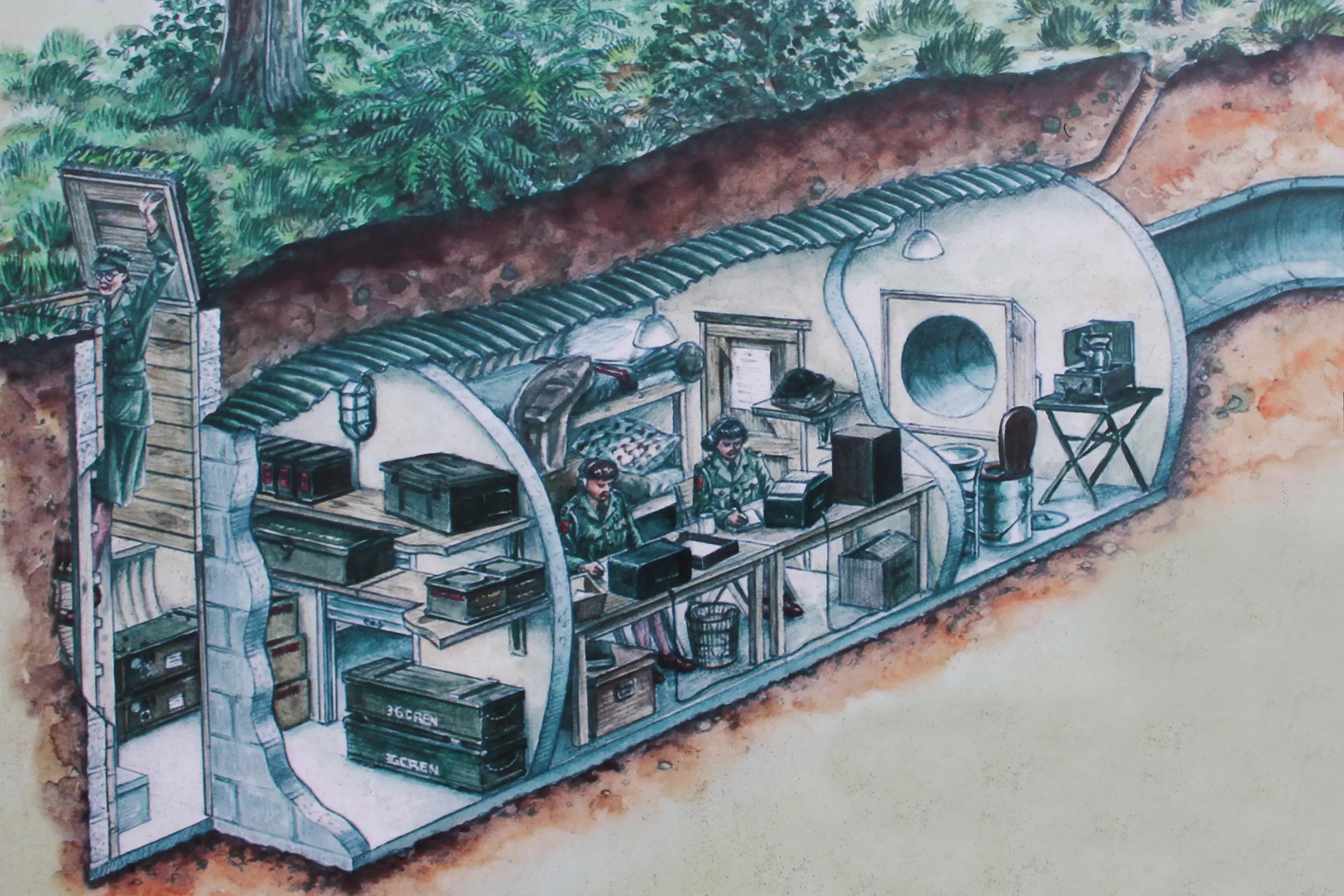
A landscape for sharing
With the Second World War over, Wakehurst became a place to be shared and celebrated, as the Prices started hosting open days for the public in the 1960s.
The 1960s marked an important stage for the Mansion, as Wakehurst was gifted to the National Trust in 1963 and entrusted to the Royal Botanic Gardens, Kew two years later.
In 1967, an area of Wakehurst’s land was sold to create the Ardingly Showground, an arena for showcasing land-based industries.
Then in 1972, Ardingly Reservoir was built, continuing to supply Mid Sussex today.
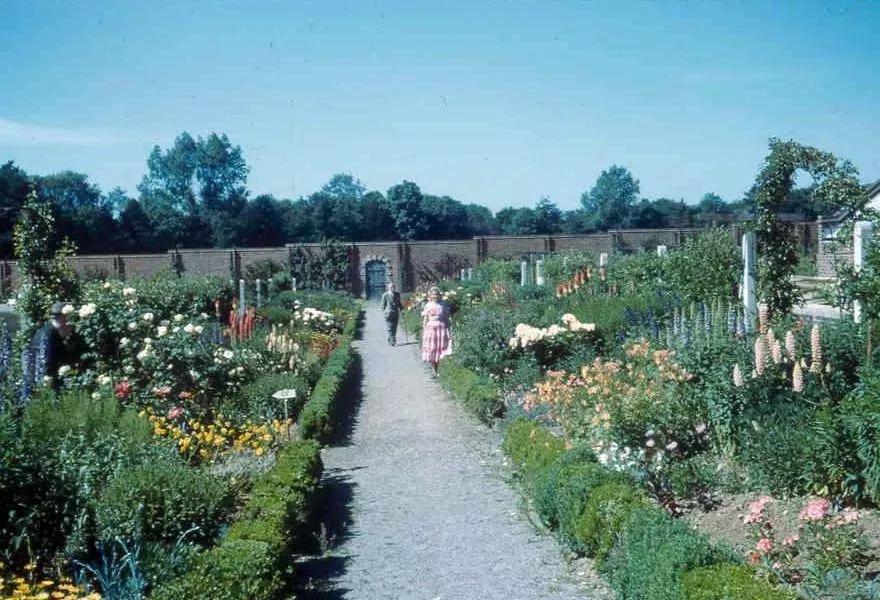
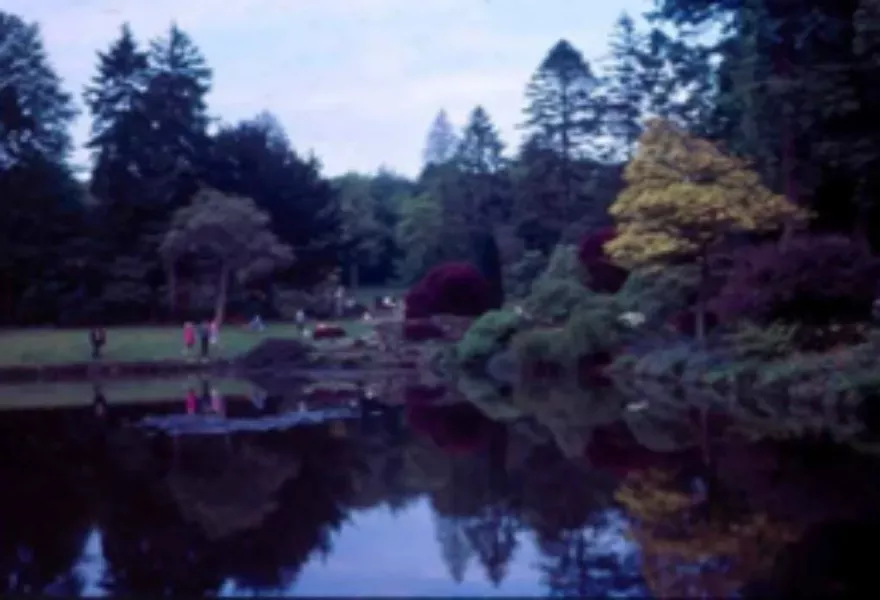
A landscape for science
After going through stages of agricultural and horticultural development, Wakehurst entered a new era: scientific innovation, as the first Seed Bank freezer was installed in the Chapel in 1976.
The landscape continued to evolve, particularly after the loss of 20,000 trees in the Great Storm of 1987, as new opportunities opened up, and the Asian Heath Garden was created next to the Mansion Pond.
As a new millennium heralded the start of the 21st century, for Wakehurst, the doors opened for the first time to the most biodiverse place on the planet, the Millennium Seed Bank, which banked its billionth seed in 2018.
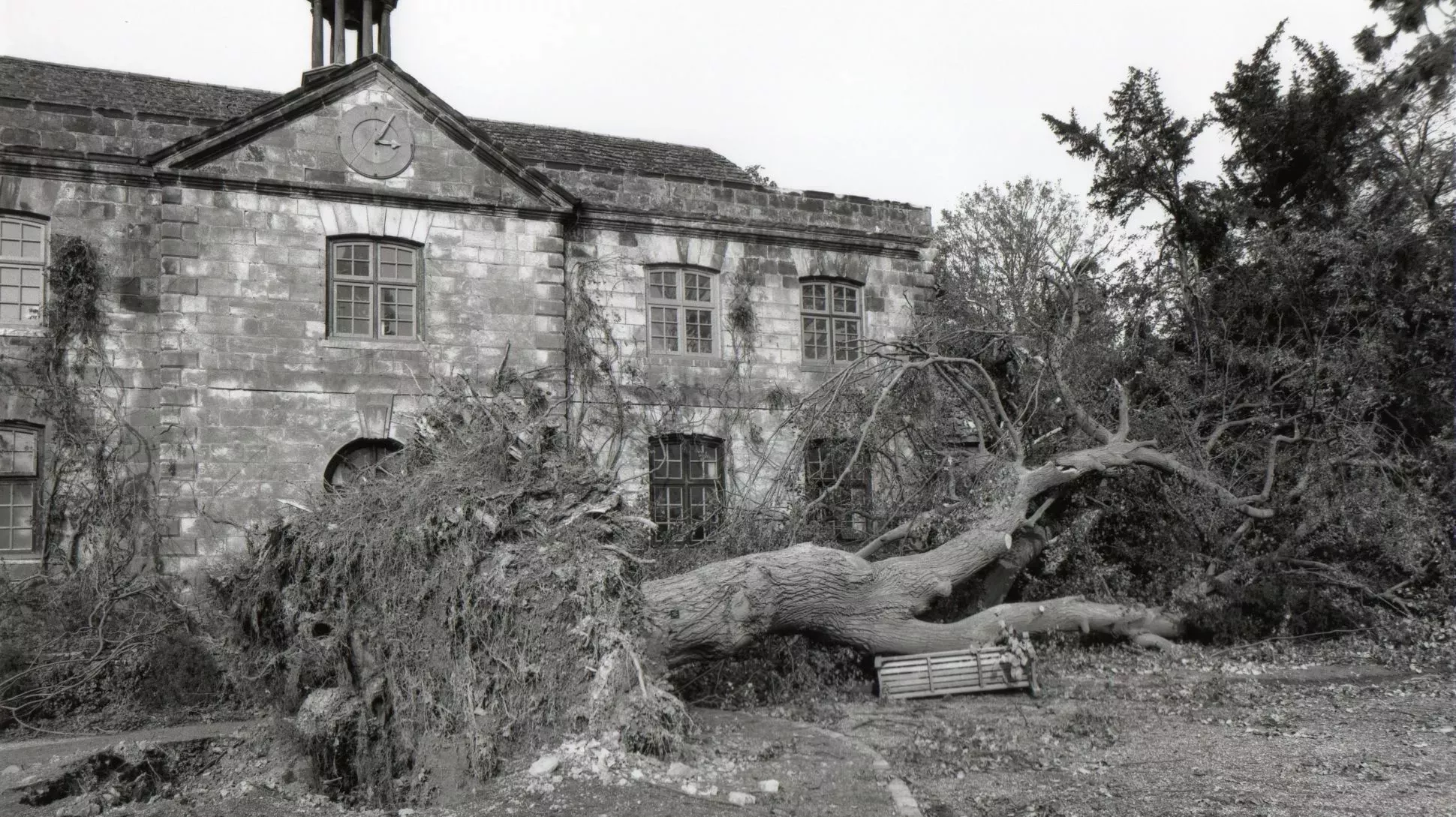
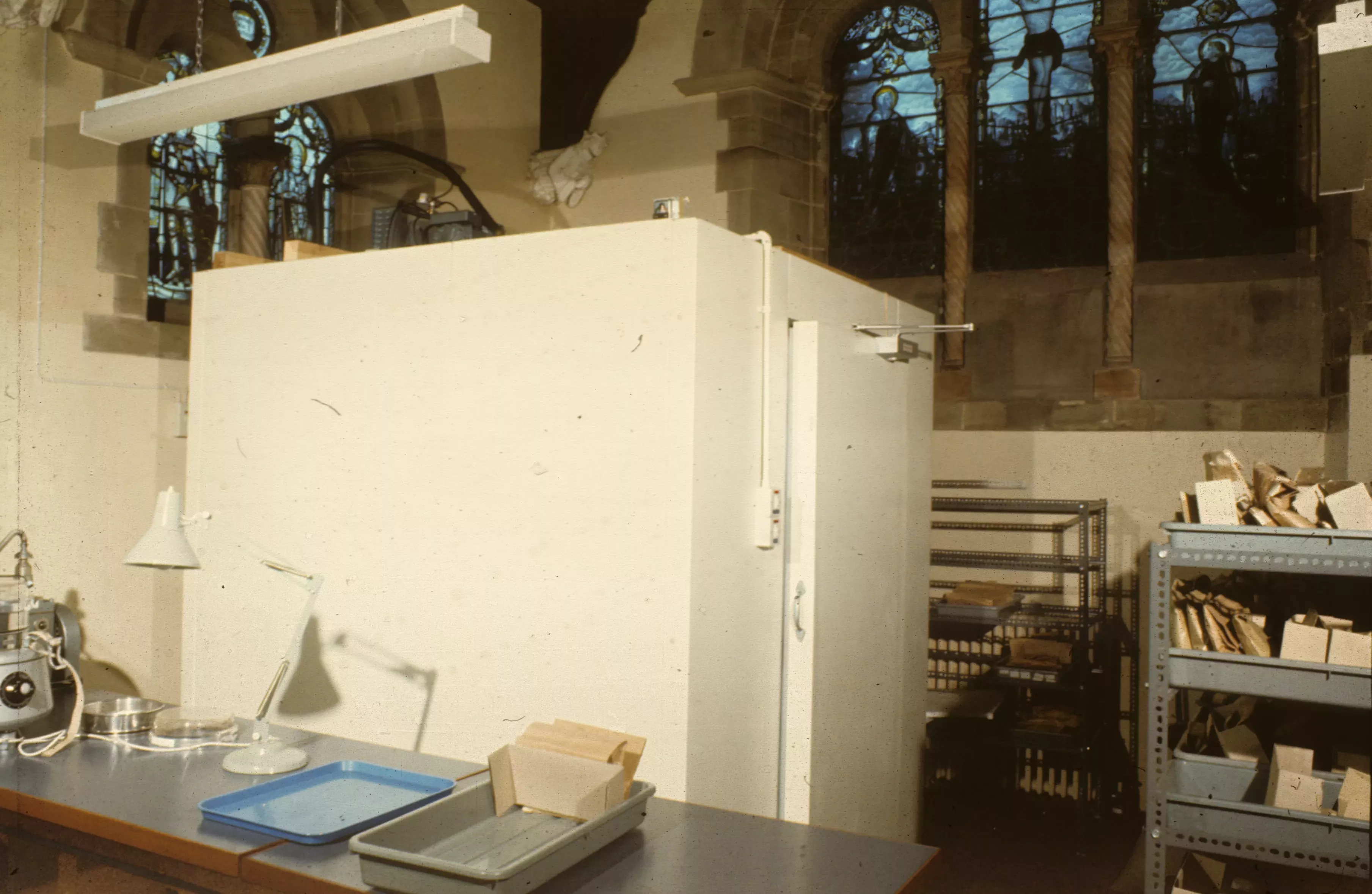
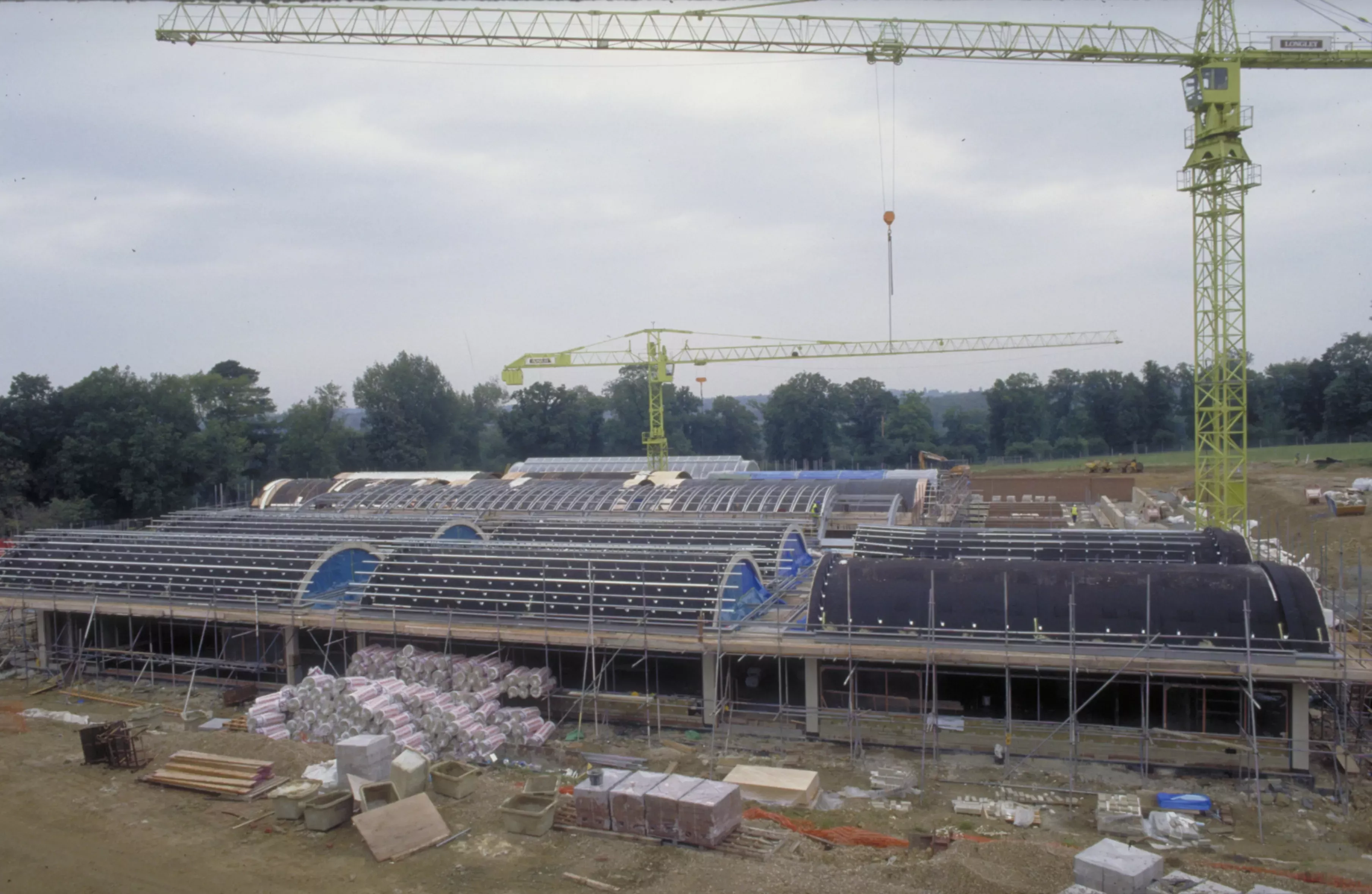
From humble beginnings in a small room in the Mansion, pioneering scientific research continues onsite, with an ambitious American Prairie created a few steps away from the Mansion, and the launch of Nature Unlocked, a multi-faceted research project, in 2021.
These projects and evolving landscape herald a new direction for Wakehurst, bringing together critical conservation, innovative horticulture and research opportunities.
A landscape for art
And now, once home to a globally significant seed bank, the Mansion is to be shrouded in scaffolding for the biggest renovation project we’ve undertaken at Wakehurst in the last century.
The expansive hoarding forms an amazing opportunity to create a major new artwork in the heart of Wakehurst.
We are delighted to be working with artist Catherine Nelson on ‘Planet Wakehurst’, a huge photo montage featuring plants from across the 535-acre landscape.
Much like the backdrop of ever-changing seasons, the Mansion and radiating gardens have continued to evolve, with an exciting future ahead.
